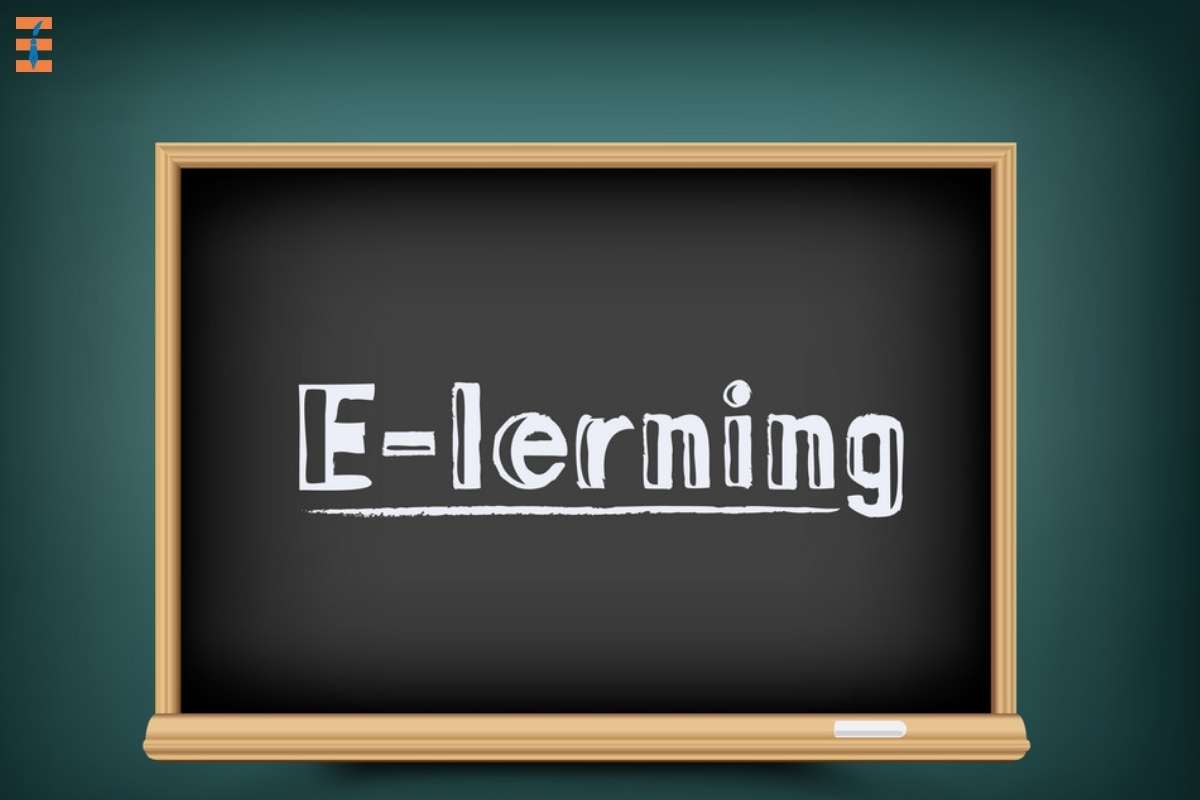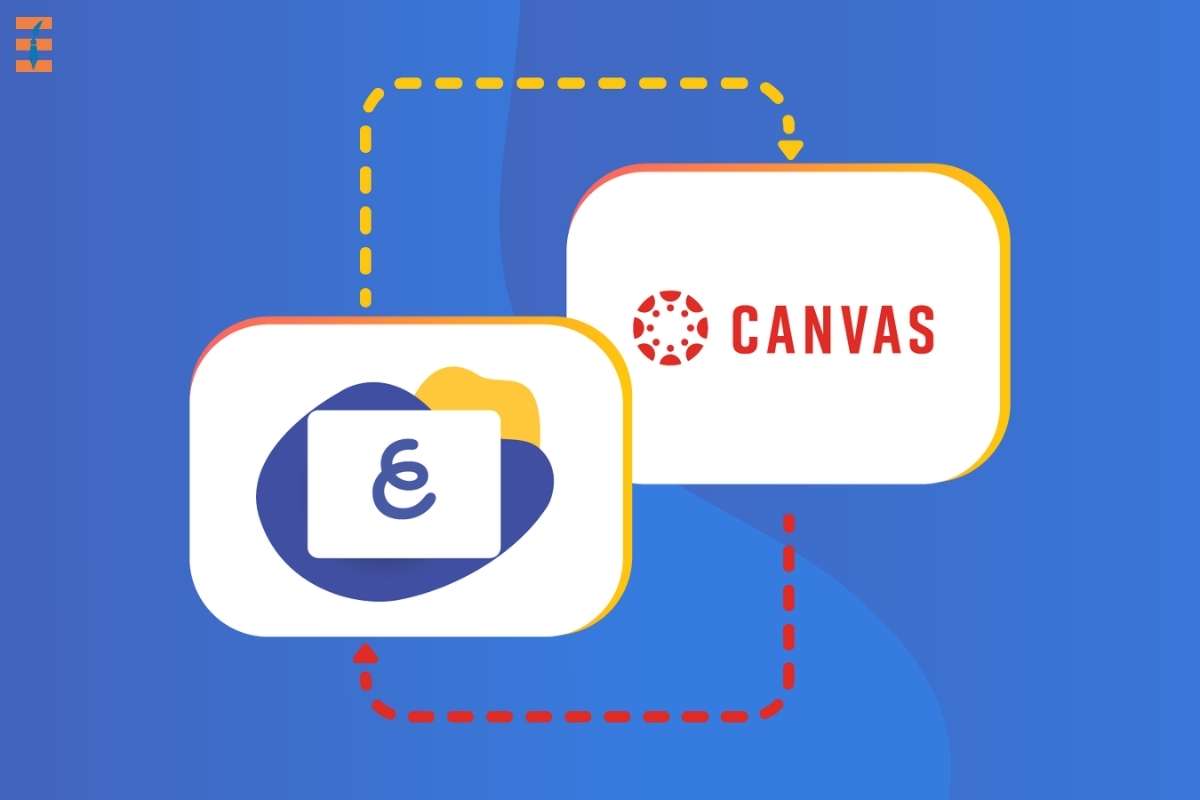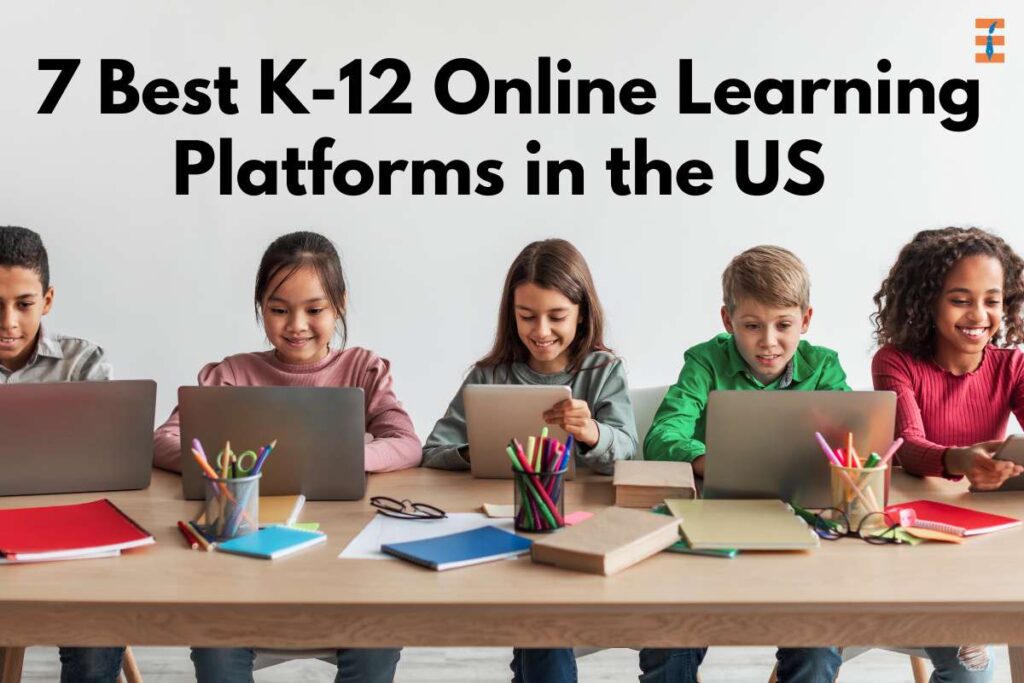In recent years, the education landscape has undergone a significant transformation with the rise of online learning platforms in the US. These platforms have revolutionized the way students access educational resources and engage in learning, particularly in the K-12 education system.
One of Alma’s primary benefits is that it frees up instructors’ and administrators’ time by providing them with a plethora of convenient tools to streamline administrative tasks. This frees up teachers to concentrate on what matters: providing motivated students with a rewarding digital learning experience.
However, you may want to look into other eLearning solutions if you aren’t very concerned with analytics or if you’d like K-12 online learning platforms in the US dedicated to developing a virtual classroom.
We recognize how challenging it may be to choose and master a suitable online learning environment, therefore we provide the following guidance. We’ll give you a bird’s-eye view of the landscape by summarizing the most essential aspects of seven different K-12 online learning platforms in the US.
Here are the 7 Best K-12 Online Learning Platforms in the US;
1. Blackboard e-Learning
Blackboard Unite is an online platform designed specifically for K-12 online learning platforms in the US. Blackboard Unite gives educators the means to take the reins by tailoring their use of the platform to the unique requirements of their students. Blackboard’s customization features provide professors with a great deal of leeway in approaching their subject matter, which is why so many schools utilize it.

BlackBoard is a great option if you’re the sort of professor who likes to have their finger on the course’s technological pulse. Blackboard’s extensive customization options are great after you get over the first course setup time. If you need an eLearning platform with an easy-to-use mechanism for designing courses, you may want to seek elsewhere than BlackBoard.
Also, Blackboard Unite LMS provides a safe, private, and user-friendly online classroom for instructors and students. (We won’t be subject to any Zoom bombing!) Teachers and students may interact and work together using video, audio, screen sharing, and virtual whiteboards in a virtual classroom. Blackboard’s accessibility features allow instructors to convert digital materials into accessible forms including Electronic Braille, audio, and ePub for all students.
The Blackboard mobile app has been very helpful for many people in the education community, including teachers, parents, and students. The Blackboard mobile app allows instructors to stay in touch with their classes and make necessary changes to materials wherever they may be.
2. ViewSonic eLearning
K-12 Online learning platforms in the US, ViewSonic’s movie board product line includes digital whiteboard suites designed for use in the classroom. Using this online teaching and learning platform, educators can easily create and share interactive content with their students, encourage group work, and illustrate concepts via visuals.
To improve the delivery of digital pedagogical materials, a movie board may be most useful in educational settings where both students and instructors use computers. For instance, a movie board may be utilized if teachers at your school choose to employ audiovisual methods rather than paper-based ones for delivering and grading student work.
MyViewBoard’s “cast-in” and “cast-out” functions allow instructors and students to collaborate in real time by sharing, editing, and annotating photos and canvases. The ability to ask questions and make notes on the board as part of each lecture gives many students the feeling of being in a “real” classroom. Also, myViewBoard’s setup process is straightforward for educators. For one thing, it may be easily included in your institution’s preexisting Cloud infrastructure.
However, myViewBoard may not be what you need if you aren’t doing “live” sessions with your pupils. For instructors leading “live” or “real-time” courses, this is the superior option.
3. Canvas eLearning
Canvas is an all-inclusive online learning platform in the US that allows educators to conduct lessons in a digital setting. Canvas is widely used by students of all ages, from those just entering the educational system in kindergarten to those graduating from high school. Part of the reason for this is that Canvas is designed to work with any school’s current SIS. In that manner, it can easily consolidate data from a wide range of sources.

Educators may include course-wide learning goals using Canvas’s Outcomes feature, and students’ marks can be standardized across assignments with the use of Canvas’s SpeedGrader function and associated rubrics. Teachers may save time and improve student learning by using SpeedGrader to annotate student work and deliver live, in-person comments using a camera on a mobile device.
Canvas’s ability to facilitate cooperation amongst educators by allowing the sharing of material, evaluations, and even completing courses via Canvas Commons is another selling point. Schools can provide pupils with the best possible resources and education thanks to these elements.
Canvas is a popular tool for K-12 educators because of its extensive capabilities and collaborative nature. Because of its lack of adaptability, it is not recommended for use in higher education.
4. Alma
Alma is a web-based learning management system that gives educators control over student and parent access to course materials, grading, attendance, and more.
However, Alma is more than simply a platform for virtual classrooms, since it also has other features for educators. If you’re looking for a way to streamline your school’s administration, reporting, analytics, instructional management, communications, enrollment, and online teaching all in one place, this platform is a good option to investigate.
One of Alma’s primary benefits is that it frees up instructors’ and administrators’ time by providing them with a plethora of convenient tools to streamline administrative tasks. This frees up teachers’ time so they can concentrate on giving their pupils a rewarding digital learning experience.
However, you may want to look at other K-12 online learning platforms in the US if data analytics aren’t very important to you, or if all you truly need is a way to set up a virtual classroom.
5. PowerSchool Learning
Before changing its name to PowerSchool Learning, Haiku Learning was an online learning platform in the US designed especially for teachers in elementary school through high school. Users may conduct class conversations, share and comment on projects, and develop interactive web pages to use in an online classroom.
Teachers may use PowerSchool to create their websites for their classes, design their digital assignments, and compile and use a wide variety of internet resources. Through PowerSchool, students may examine a master calendar that details when and where certain activities and assignments will take place. Teachers may also simply record attendance, create an online grade book, provide comments on student assignments, see statistics on student participation, and more. PowerSchool Learning is one of the best K-12 online learning platforms in the US.
Further, the K-12 online learning platforms in the US’ ability to be used on a district level means that principals may administer their campuses in a unified fashion. Teachers and administrators alike may benefit from this function’s enhanced capacity for teamwork.
As its name implies, PowerSchool is a very effective resource for teachers. PowerSchool is a great tool, but it may be difficult to learn, and some educators have said that PowerSchool’s support staff is difficult to get in touch with when they need help. You may want to look at other programs if you’re searching for a user-friendly eLearning platform.
6. Schoology
Schoology, an online learning platform in the US that was recently acquired by PowerSchool, is intended to promote online education that can be tailored to students of varying ages and abilities. While Schoology is owned by PowerSchool, it functions independently. Teachers may use the online platform to develop engaging tests, adapt lessons to their student’s individual needs, and give them more control over their education.

In addition to being compatible with Google and Microsoft Office, school districts may integrate their current student information systems into Schoology. School districts may be interested in this if it would make the process of moving a class to an online version easier for educators. Teachers will be able to spend more time tailoring their Schoology classes to the requirements of their students if they can easily import their current papers and information without having to retype anything.
One of Schoology’s greatest strengths is the ease with which it can combine data from different services. Teachers may easily integrate relevant educational materials from around the web into their lessons using Schoology, including those from Khan Academy, Google Apps, and BrainPop. Schoology also makes it easier for whole educational communities—students, instructors, administrators, coaches, and parents—to connect and interact.
Schoology is an excellent solution for instructors who are searching for a user-friendly, all-in-one platform that can link with their current resources. But if you’re already a PowerSchool customer, or if you require a more simplified application, Schoology may not be for you.
7. Google Classroom
While developed for usage across several sectors, Google Classroom is also a popular option for online learning in K-12 online learning platforms in the US education and on college campuses. Google Docs, Google Sheets, Google Slides, Google Email, and Google Calendar are all a part of Google Classroom, which is a centralized hub for managing communication between instructors and their students. Google Classroom is an online learning platform in the US that offers full-time online schooling for K-12 students.
It’s crucial to note that the major goal of Google Classroom is to facilitate creating, sharing, and grading assignments. The way this works is that instructors invite their students to join Google Classroom by sending them a unique code or link. Once the calendar is created, teachers may quickly update it with assignment due dates and other pertinent information for their students. Teachers may provide each student their own Google Drive folder inside the Classroom environment. These folders may be used by students to save and share homework, as well as receive and respond to graded comments.
The convenience and availability across all devices make Google Classroom a desirable option. The inability to automatically generate exams and quizzes is a potential negative, as is the absence of capability for integrating third-party files and services. If a school wants to satisfy all of its goals, it may need to connect Google Classroom with other K-12 online learning platforms in the US. However, Google Classroom is a perfect match for expediting the process of making assignments available to students and receiving completed assignments.
Bottom Line
K-12 online learning platforms in the US focus on administrative and management functions. They offer convenient communication skills for teachers as well as students and make the classroom more social so that classmates can collaborate. Such online learning platforms in the US grant the skills and knowledge necessary for students’ success in the future. Anybody willing to achieve academic success with less effort must choose above mentioned seven best K-12 online learning platforms in the US.
Also Read: 5 Pros and Cons of Online Learning

